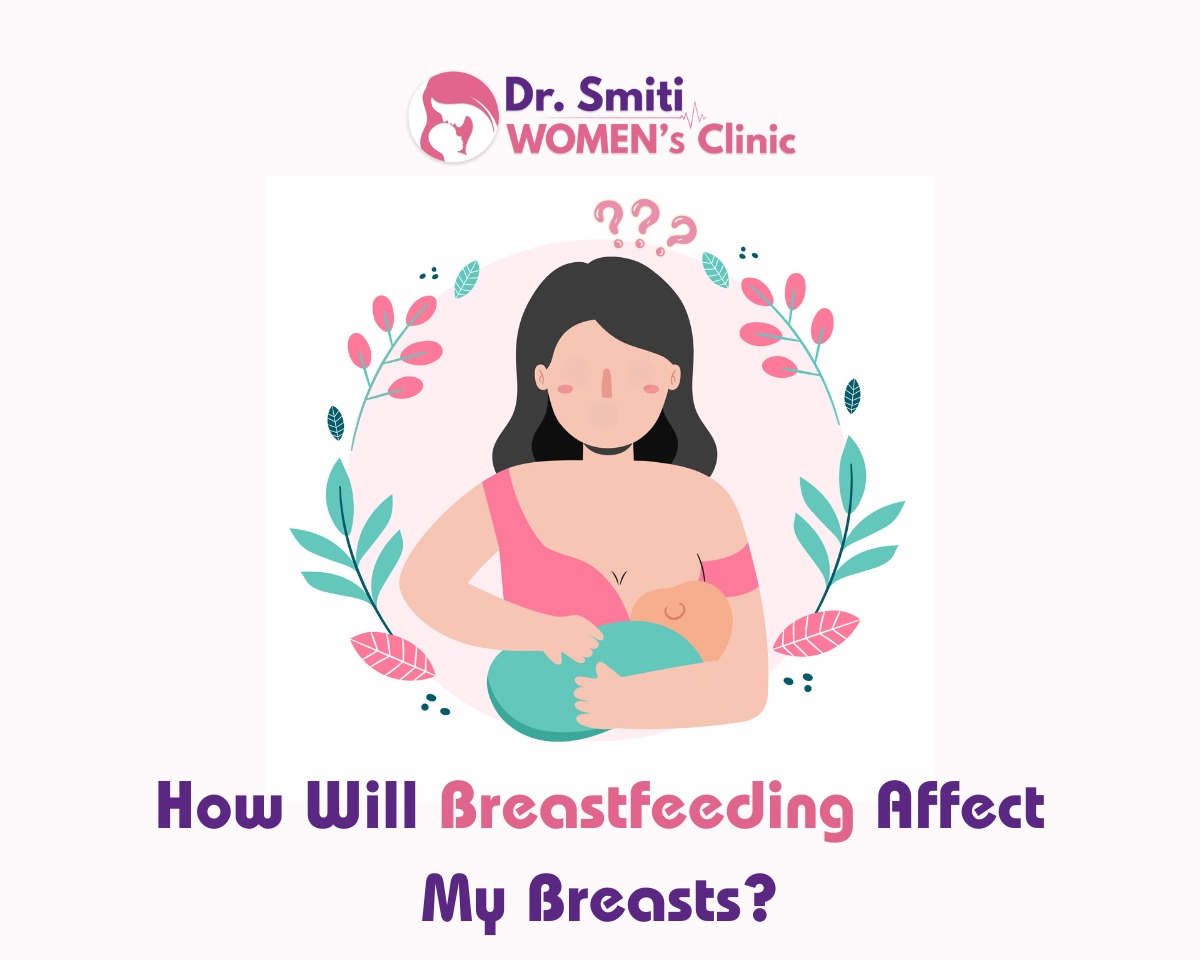Introduction:
Breastfeeding is a beautiful and natural way to nourish your baby, offering numerous health benefits for both the mother and the child. However, many expectant mothers have concerns about how breastfeeding may impact their breasts. In this blog post, we will explore the effects of breastfeeding on breasts and address common misconceptions, helping new mothers understand what to expect during this rewarding journey.
1. Transient Modifications:
Throughout pregnancy, hormonal fluctuations prompt the breasts to undergo preparations for breastfeeding. As a result, breasts may become larger, fuller, and more tender. After childbirth, once breastfeeding begins, these changes persist as the breasts produce milk to feed the baby. These are temporary adjustments and will gradually subside once breastfeeding is complete.
2. Breast Fullness:
A common outcome of breastfeeding is breast engorgement, characterized by the breasts becoming excessively full and firm due to the accumulation of milk. This might lead to discomfort or pain, but it is a natural process as your body adapts to the demands of lactation. Frequent nursing, proper positioning, and warm compresses can alleviate engorgement.
3. Sagging:
A prevalent worry among new mothers is the apprehension about potential breast sagging after breastfeeding. While it is true that breasts might undergo some changes in shape and size during the nursing period, these alterations are mainly influenced by pregnancy-related factors, not breastfeeding itself. The stretching of ligaments and increased breast tissue during pregnancy contribute to any sagging that might occur.
4. Breast feeding’s Protective Effect:
Contrary to popular belief, breastfeeding may actually have a protective effect on breast health in the long term. Research indicates that women who breastfeed may have a reduced risk of developing breast cancer in their later years. Additionally, breastfeeding can aid in reducing the risk of certain ovarian and uterine cancers.
5. Nipple Changes:
Breastfeeding can cause changes in the nipples, including increased sensitivity and possible darkening of the areolas. Some women may experience cracked or sore nipples initially, but these issues can be managed with proper positioning and the use of nipple creams.
6. Breast Size and Milk Production:
The size of your breasts does not dictate your ability to produce sufficient milk for your baby. Breast size varies among women, and the capacity to produce milk is largely determined by glandular tissue and milk ducts, not breast size.
7. Breastfeeding and Weight Loss:
Breastfeeding helps burn extra calories, aiding postpartum weight loss. However, it’s crucial to maintain balance, avoiding excessive pressure for rapid weight loss. Gradual, healthy approaches are more sustainable and supportive of breastfeeding.
8. Returning to Pre-Pregnancy State:
After you wean your baby from breastfeeding, your breasts will undergo gradual changes and return to a pre-pregnancy state. While it is normal for breasts to change in shape and size over time, these changes are part of the natural aging process and not exclusively linked to breastfeeding.
Conclusion:
Breastfeeding is a remarkable journey that creates a unique bond between a mother and her baby. While it is natural to have concerns about how breastfeeding may affect your breasts, it’s essential to understand that most changes are temporary and related to pregnancy as a whole, not just breastfeeding. The multitude of health advantages that breastfeeding offers to both mother and baby outweigh any potential impact on breast appearance. Embrace the joy of nourishing your little one with breast milk, knowing that your breasts are fulfilling their incredible purpose of nurturing new life.







